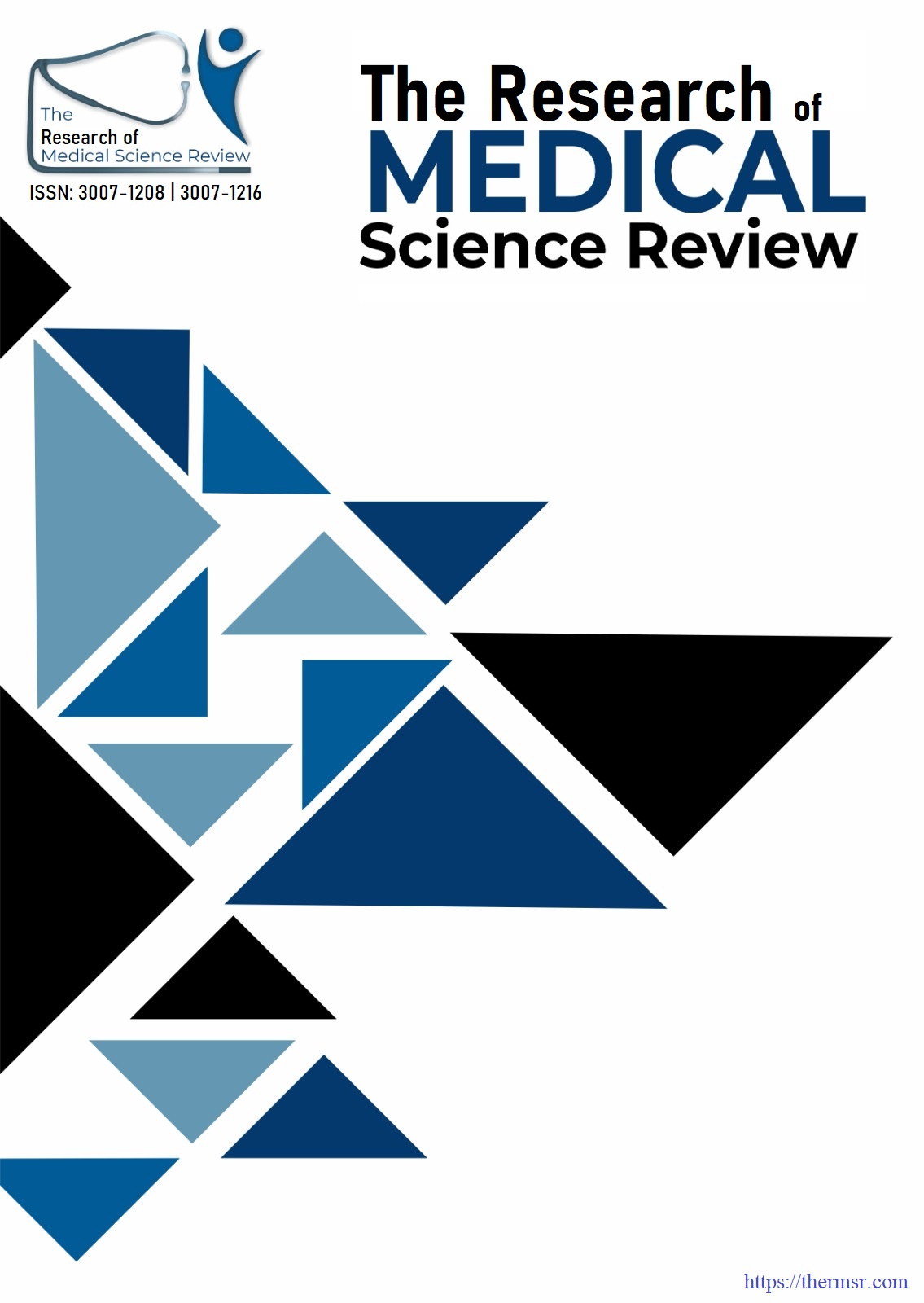PATTERN OF FACIAL AND ASSOCIATED INJURIES IN ROAD TRAFFIC ACCIDENTS PRESENTED AT EMERGENCY OF PIMS
Main Article Content
Abstract
Objectives: To evaluate the patterns and severity of maxillofacial and associated multi-region injuries among road traffic accident victims presenting to the emergency department of a tertiary care hospital in Islamabad.
Background: Maxillofacial trauma refers to any physical injury involving the facial region and is frequently encountered by maxillofacial surgeons due to its complexity and high morbidity. The etiology of maxillofacial injuries is multifactorial, but among developing countries, road traffic accidents (RTAs) remain the most prevalent cause of these fractures.
Methodology: This cross-sectional study was conducted at a tertiary care hospital in Islamabad, enrolling 212 patients with maxillofacial injuries from road traffic accidents over six months using consecutive sampling. Inclusion required patients aged over five years with documented facial trauma related to RTAs. Ethical approval and informed consent were obtained. Data on demographics, trauma etiology, and injury severity (via Facial Injury Severity Score) were collected through clinical exams and radiological evaluations, including CT scans and X-rays. Facial injuries were classified as mild, moderate, or severe based on FISS, enabling systematic analysis of fracture patterns and associated injuries.
Results: In our study of 212 patients, 92.9% were male, 95.8% had trauma from road traffic accidents, with 90.1% sustaining mandibular fractures. Injury severity (FISS score) was significantly linked to trauma cause (P=0.000), while gender, socioeconomic status, and fracture presence showed no significant association.
Conclusion: The study found maxillofacial trauma mainly affects young males from RTAs, with mandibular fractures common and 97.6% sustaining multi-region associated injuries; injury severity correlates with trauma cause, but gender and socioeconomic status do not.
Downloads
Article Details
Section

This work is licensed under a Creative Commons Attribution-NonCommercial-NoDerivatives 4.0 International License.
